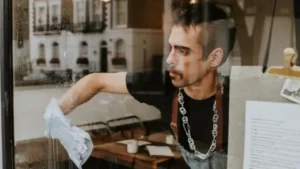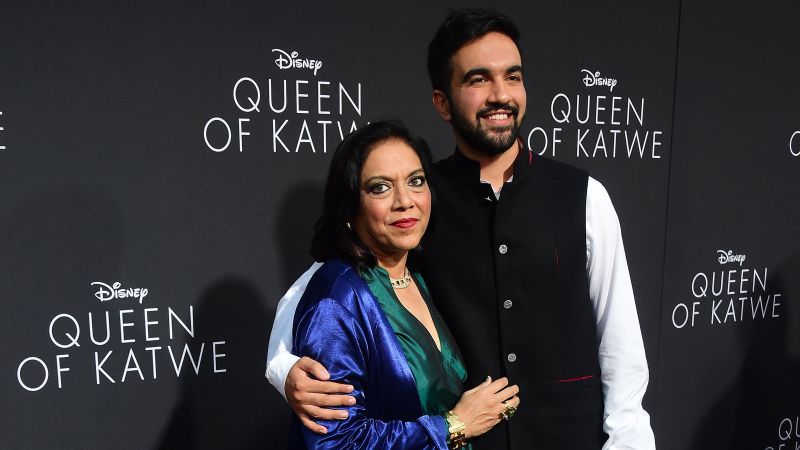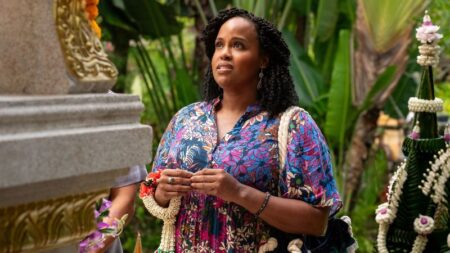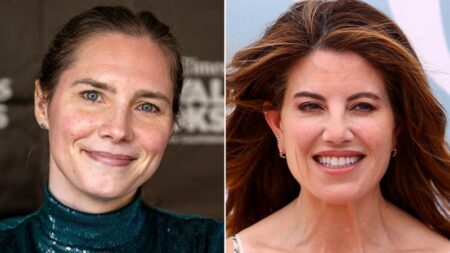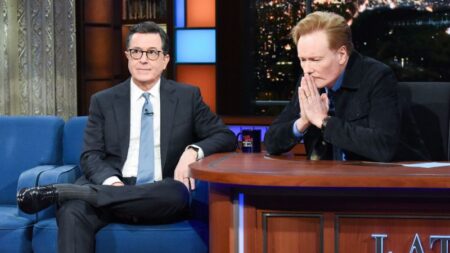Zohran Mamdani presents a compelling figure in the world of New York City politics, particularly as he boldly embarks on a campaign that could alter the city’s landscape. At only 33 years old, the democratic socialist candidate has captivated audiences and voters alike. His recent success in the Democratic mayoral primary has resonated widely. While the official results are not set to be released until after July 1, when New York City unveils its initial ranked-choice outcomes, Mamdani has already positioned himself as a frontrunner. His main rival, former Governor Andrew Cuomo, has signaled the competitive nature of the race by conceding the primary to Mamdani on the night of the votes.
Should Zohran Mamdani secure victory in the November elections, he would make history as New York City’s first Muslim mayor. This monumental achievement would not only add another layer to the city’s rich tapestry of diversity but also reflect a shift towards more progressive governance. Wearing his narrative with ease, it is no wonder that Mamdani appears remarkably comfortable before the cameras and in public settings, embodying the persona of a progressive leader at a pivotal juncture in the city’s history.
Interestingly, Mamdani’s life has been shaped by the arts, likely contributing to his charismatic public image. He is not only the son of acclaimed director Mira Nair but has also tested his own talents as a rapper. His mother’s cinematic journey is celebrated in films such as “The Namesake,” “Queen of Katwe,” and “Monsoon Wedding,” the latter of which won the prestigious Golden Lion at the Venice International Film Festival.
Mira Nair’s illustrious career took off with “Salaam Bombay!” a film that presented a poignant depiction of children living in the impoverished regions of India. Released in 1988, the film garnered an Academy Award nomination and also became a BAFTA contender, illustrating the significant cultural impact Nair has had throughout her career. Shortly after this success, she tackled complex themes in “Mississippi Masala,” a powerful narrative that revolved around an interracial romance. This film broke ground in a Hollywood landscape still navigating racial representation, and the struggles Nair endured to bring the story to life showcased the entrenched obstacles faced by filmmakers of color at the time.
Reflecting on the challenges of her career, Nair has expressed both pride and frustration over the changing tides of diversity within the film industry. The Indian-American director noted that the novelty of racial representation in her films—a blend of Black and brown identities—has not been as prevalent in recent years as it should be. Her ongoing journey and commitment to storytelling undoubtedly influenced her son, Zohran, shaping him into a public figure who champions diversity and representation.
The union of Mira Nair and Mahmood Mamdani, a prominent writer and political scientist, led to the birth of Zohran. Their relationship blossomed during Nair’s research in Uganda for one of her films, illustrating the intersection of art and politics. The family later relocated to New York City, where Mamdani’s upbringing in an environment paired with creative and political discourse would have lasting implications.
Mira Nair’s enthusiastic support for her son’s political endeavors is evident in her public statements. She took to social media to urge voters in New York to recognize Zohran as the suitable candidate for a forward-thinking mayor, wishing them “Eid Mubarak” and inviting them to participate in both the celebration and the mayoral race. Her messages blend cultural festivities with political advocacy, connecting community spirit with civic duty.
Her efforts didn’t stop at social media; she further encouraged folks to attend a screening of “Monsoon Wedding” with the caveat of voting for Mamdani first. Her calls to action were not solely about inspiring participation but also highlighted the joyful excitement surrounding his historical candidacy. As she eloquently put it, there was indeed a heartfelt yearning to dance and celebrate the vibrant possibilities his campaign embodies—signifying hope and a shared commitment among New Yorkers for a brighter future.


